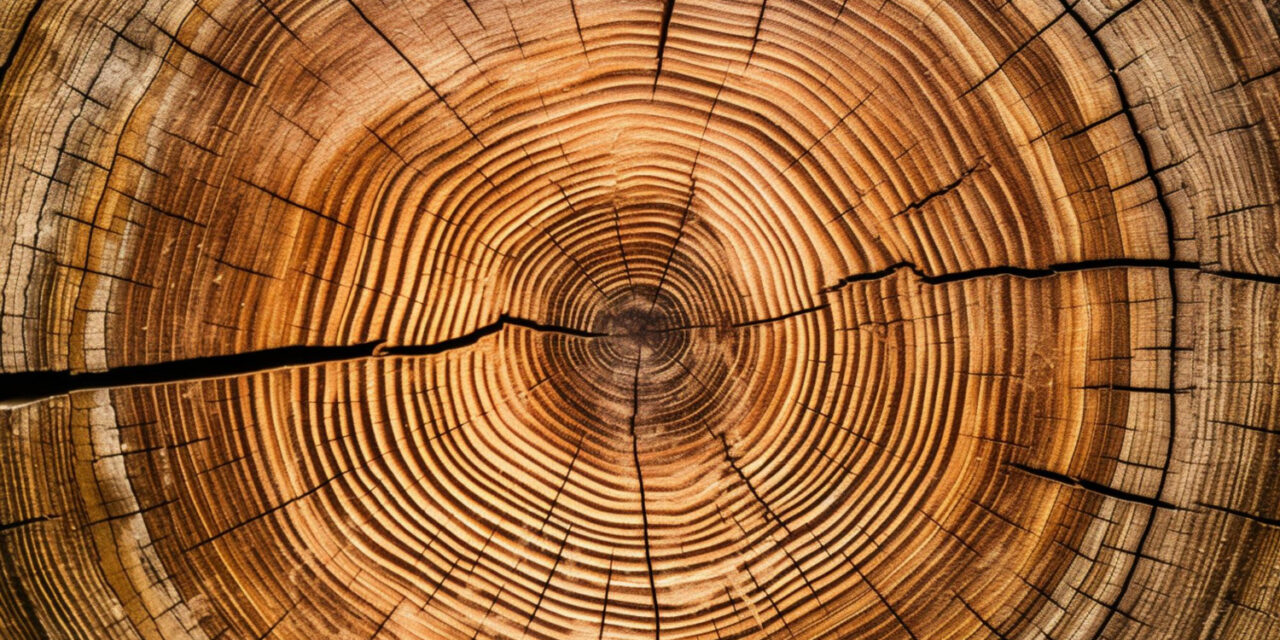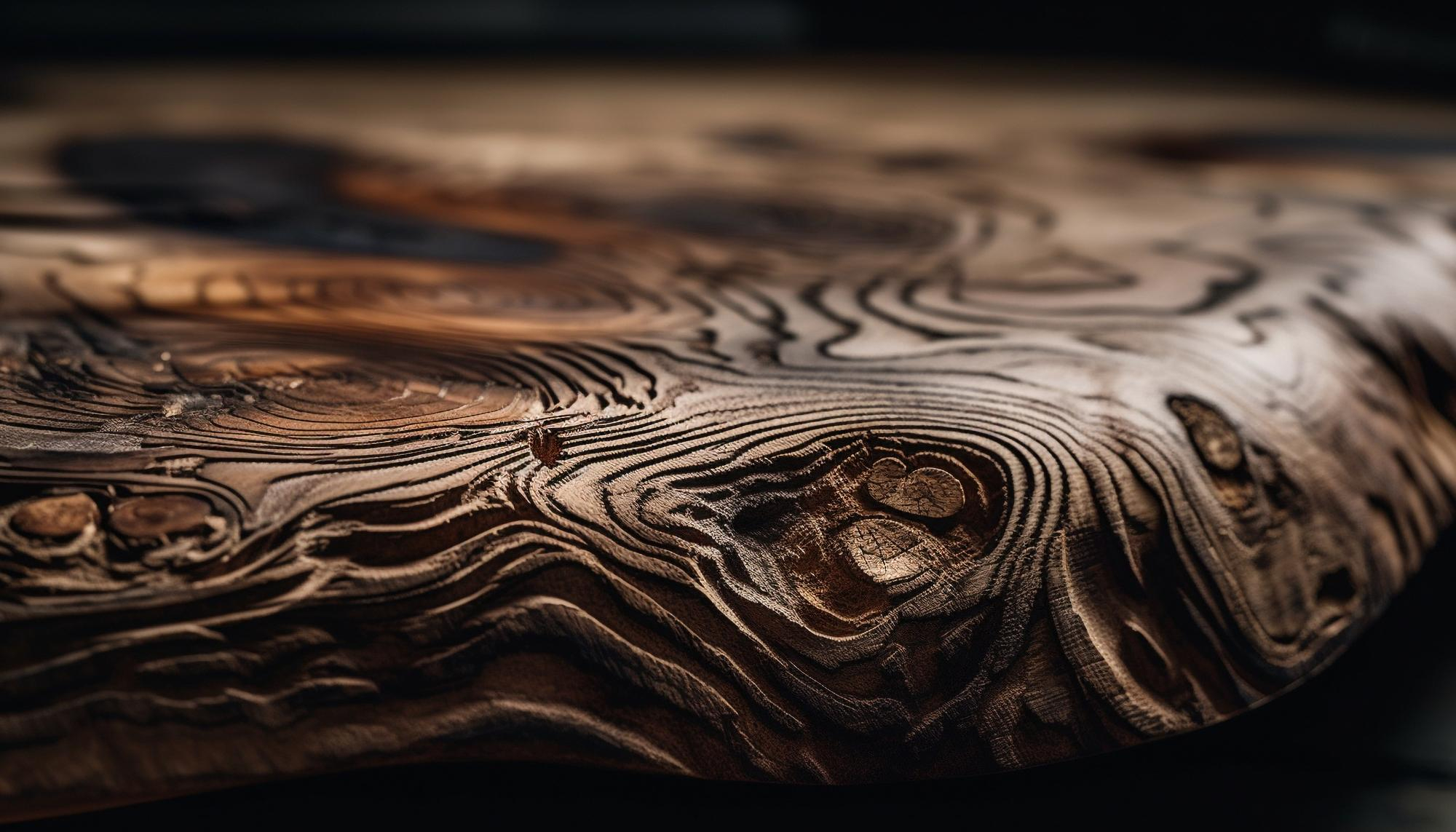Introduction to Heritage Timber
Heritage timber, also known as reclaimed or salvaged timber, refers to wood that has been sourced from old structures such as barns, warehouses, factories and other historic buildings. This timber possesses unique characteristics and historical significance, making it highly sought after for various construction and design projects. The process of grading heritage timber involves assessing its quality, structural integrity and aesthetic appeal to ensure its suitability for reuse.
Grading Heritage Timber
Grading heritage timber is a meticulous process that involves several key factors:
-
Condition Assessment: The first step in grading heritage timber is to assess its overall condition. This includes examining the wood for signs of rot, insect damage, moisture exposure and other forms of deterioration. Timber in good condition will have minimal defects and retain its structural integrity.
-
Species Identification: Identifying the species of wood is crucial as different species exhibit varying levels of durability, strength and aesthetic appeal. Common species found in heritage timber include oak, pine, chestnut and cedar. Knowing the species helps in determining its suitability for specific applications.
-
Characteristics Evaluation: Heritage timber often exhibits unique characteristics such as knots, nail holes, saw marks and weathering patterns that add to its aesthetic value. Graders evaluate these features to determine the timber’s visual appeal and authenticity.
-
Moisture Content: Moisture content plays a significant role in the quality and stability of timber. Excessive moisture can lead to warping, mould growth and decay over time. Grading involves measuring the moisture content of the timber and ensuring it falls within acceptable levels for its intended use.
-
Dimensional Stability: Heritage timber may undergo dimensional changes due to age and exposure to environmental factors. Graders assess the timber’s dimensional stability by checking for warping, twisting and cupping to determine its suitability for use in construction and woodworking projects.
-
Historical Significance: Some heritage timber may possess historical significance due to its origin or association with iconic structures or events. Graders consider the historical context of the timber and its potential cultural value when determining its grade and market value.

Grading System for Heritage Timber
Grading heritage timber typically follows a standardised system based on industry guidelines and quality standards. While specific grading criteria may vary depending on the supplier or organisation, the following are common grading categories used for heritage timber:
-
Premium Grade: Timber classified as premium grade exhibits exceptional quality, minimal defects and high aesthetic appeal. This grade is reserved for well-preserved, defect-free timber with desirable characteristics such as tight grain patterns, uniform colour and unique patina.
-
Standard Grade: Standard grade timber meets the basic requirements for structural integrity and visual appearance. It may contain some minor defects such as knots, nail holes and surface blemishes, but remains suitable for a wide range of applications with proper preparation and finishing.
-
Utility Grade: Utility grade timber is characterised by moderate to significant defects such as large knots, splits and surface irregularities. While it may lack the visual appeal of higher grades, utility grade timber can still be used for structural purposes or in projects where aesthetics are less critical.
-
Reclaimed Grade: Reclaimed grade timber encompasses pieces with extensive damage, decay or other imperfections that limit their structural integrity and usability. This grade is often salvaged for parts or repurposed in creative projects where the weathered appearance adds to the desired aesthetic.
Preservation and Treatment of Heritage Timber
Preserving the quality and integrity of heritage timber is essential to prolong its lifespan and maintain its value. Several preservation and treatment methods are employed to protect reclaimed timber from further deterioration:
-
De-nailing and Cleaning: Before grading and processing, heritage timber undergoes de-nailing to remove metal fasteners such as nails, screws and staples. Cleaning techniques such as power washing or hand scrubbing may also be used to remove dirt, grime and surface contaminants.
-
Kiln Drying: Kiln drying is a common method used to reduce the moisture content of timber to a suitable level for woodworking and construction. This process involves placing the timber in a controlled environment where heat and airflow facilitate moisture evaporation, resulting in a stable and dimensionally consistent product.
-
Surface Treatment: Surface treatments such as sanding, planning and milling are employed to remove surface imperfections, smooth rough areas and enhance the timber’s appearance. Additionally, applying protective coatings such as sealants, oils or stains helps to seal the wood and guard against moisture intrusion, UV damage and fungal growth.
-
Insect and Fungal Treatment: Heritage timber is susceptible to insect infestations and fungal decay, especially if it has been exposed to moisture for prolonged periods. Treatment methods such as fumigation, heat treatment and chemical preservatives are utilised to eliminate pests and inhibit fungal growth, ensuring the longevity of the timber.
-
Structural Reinforcement: In cases where heritage timber exhibits structural deficiencies or damage, reinforcement techniques such as epoxy consolidation, dutchman repairs and sistering with new lumber may be employed to strengthen weak areas and restore structural integrity.
Heritage timber represents a valuable resource with unique characteristics, historical significance and sustainable benefits. By employing meticulous grading processes and effective preservation techniques, reclaimed timber can be transformed into high-quality building materials and artisanal products that celebrate its rich history and timeless beauty. Whether used in architectural restoration, furniture making or decorative accents, heritage timber continues to captivate and inspire generations with its enduring charm and craftsmanship.

